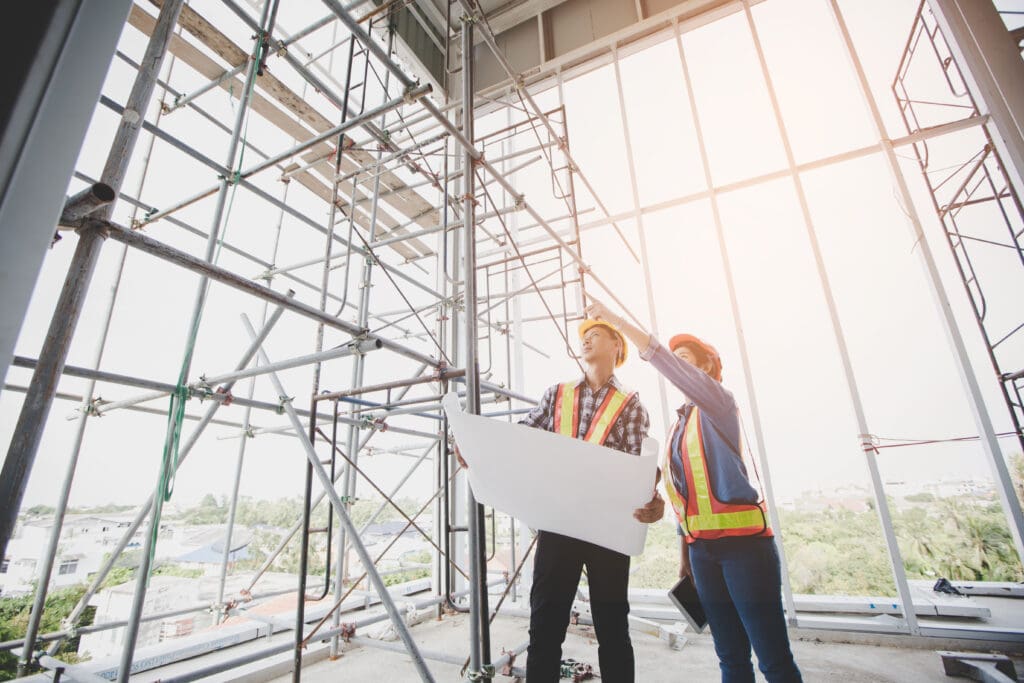In the world of commercial construction, successful projects are the result of seamless collaboration between various professionals. Among these key players, architects and project managers work hand in hand with electrical installation experts to ensure the effective integration of electrical systems within the overall design and functionality of the building.
- Early Collaboration for Optimal Design: The collaboration between electrical installers, architects, and project managers begins at the early stages of the project. By involving electrical experts from the outset, they can provide valuable input on electrical requirements, codes, and standards, helping architects shape the design in a way that optimizes electrical systems’ installation and performance.
- Design Integration and Coordination: During the design phase, architects and electrical installers work closely to ensure electrical systems are seamlessly integrated into the building’s layout. This includes identifying suitable locations for electrical panels, outlets, and fixtures, as well as coordinating conduit and wiring pathways to minimize visual impact on the overall aesthetics of the space.
- Compliance with Building Codes and Regulations: Electrical installers and architects collaborate to ensure that all electrical systems and installations comply with building codes, safety regulations, and industry standards. This partnership guarantees that the electrical design meets all legal requirements, ensuring the safety and functionality of the building.
- Estimation and Budgeting: Project managers play a crucial role in collaborating with electrical installers and architects to estimate the costs of electrical installations accurately. They consider factors such as materials, labour, equipment, and the project timeline. This collaboration ensures that the project stays within budget while meeting the electrical needs of the commercial space.
- Timely Communication and Problem-Solving: Throughout the project, architects, project managers, and electrical installers engage in regular communication to address any issues or changes that may arise. They work together to find practical solutions that align with the project’s objectives and timelines, ensuring efficient coordination and minimizing disruptions.
- Adapting to Evolving Technologies: The partnership between electrical installers, architects, and project managers extends to keeping up with evolving technologies. They collaborate to incorporate innovative electrical solutions, such as energy-efficient lighting, smart building automation systems, and renewable energy integration. This collaboration ensures that commercial projects stay on the cutting edge of technology.
- Testing, Commissioning, and Handover: As the project nears completion, electrical installers collaborate with architects and project managers to conduct thorough testing and commissioning of the electrical systems. This process ensures that everything is functioning correctly, and all safety measures are in place. Once completed, the electrical installers provide necessary documentation and training to the project managers for a smooth handover and ongoing maintenance

